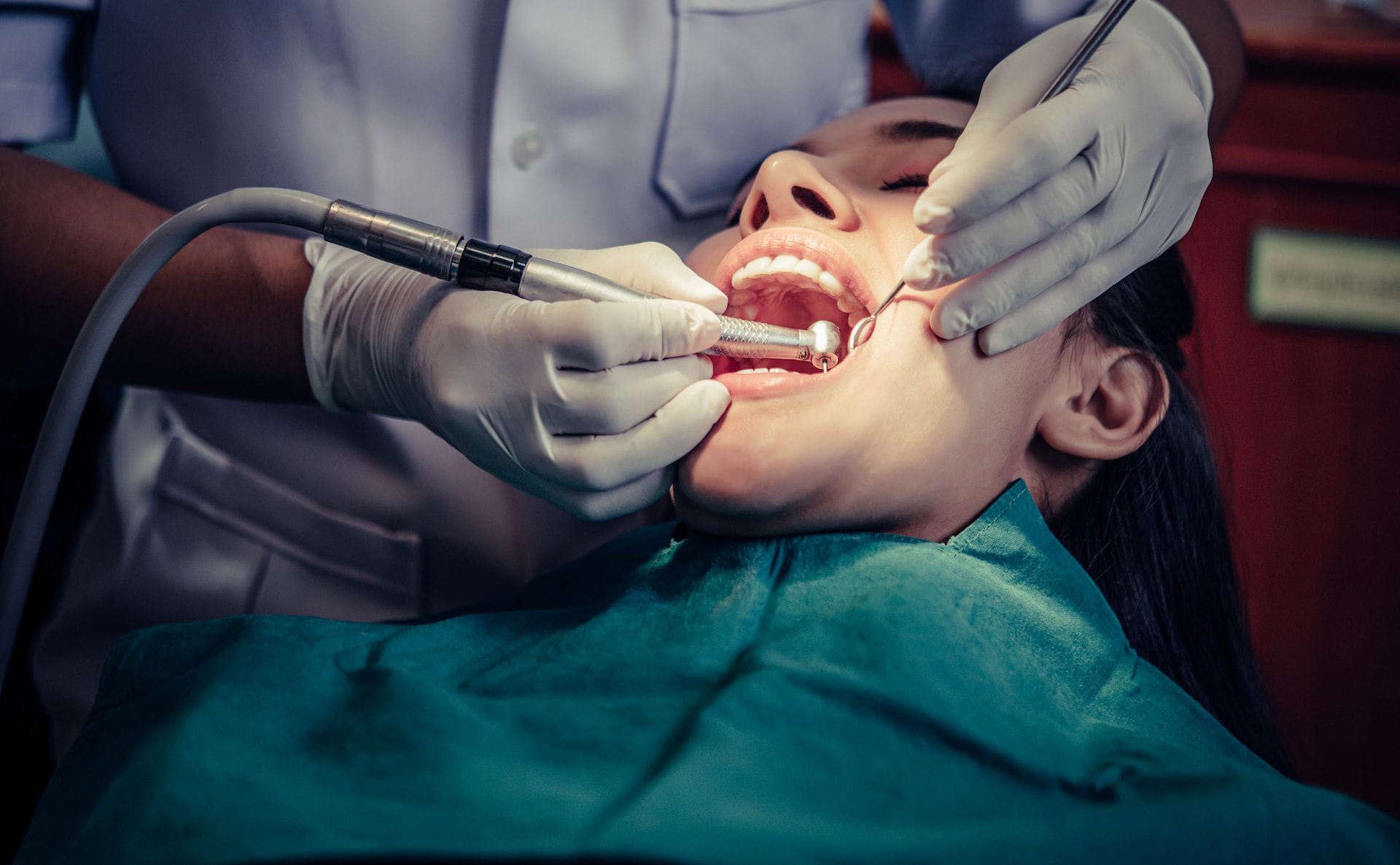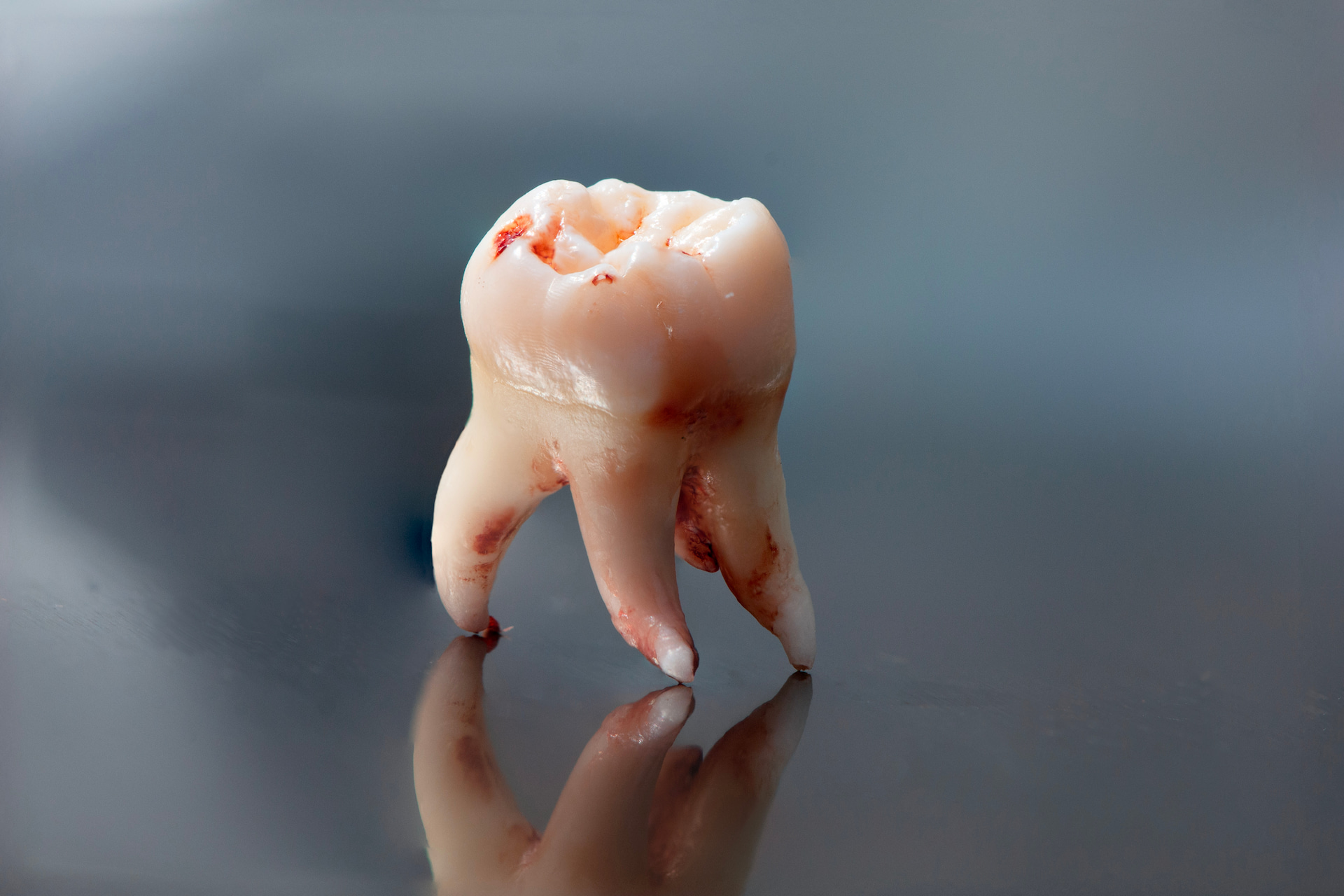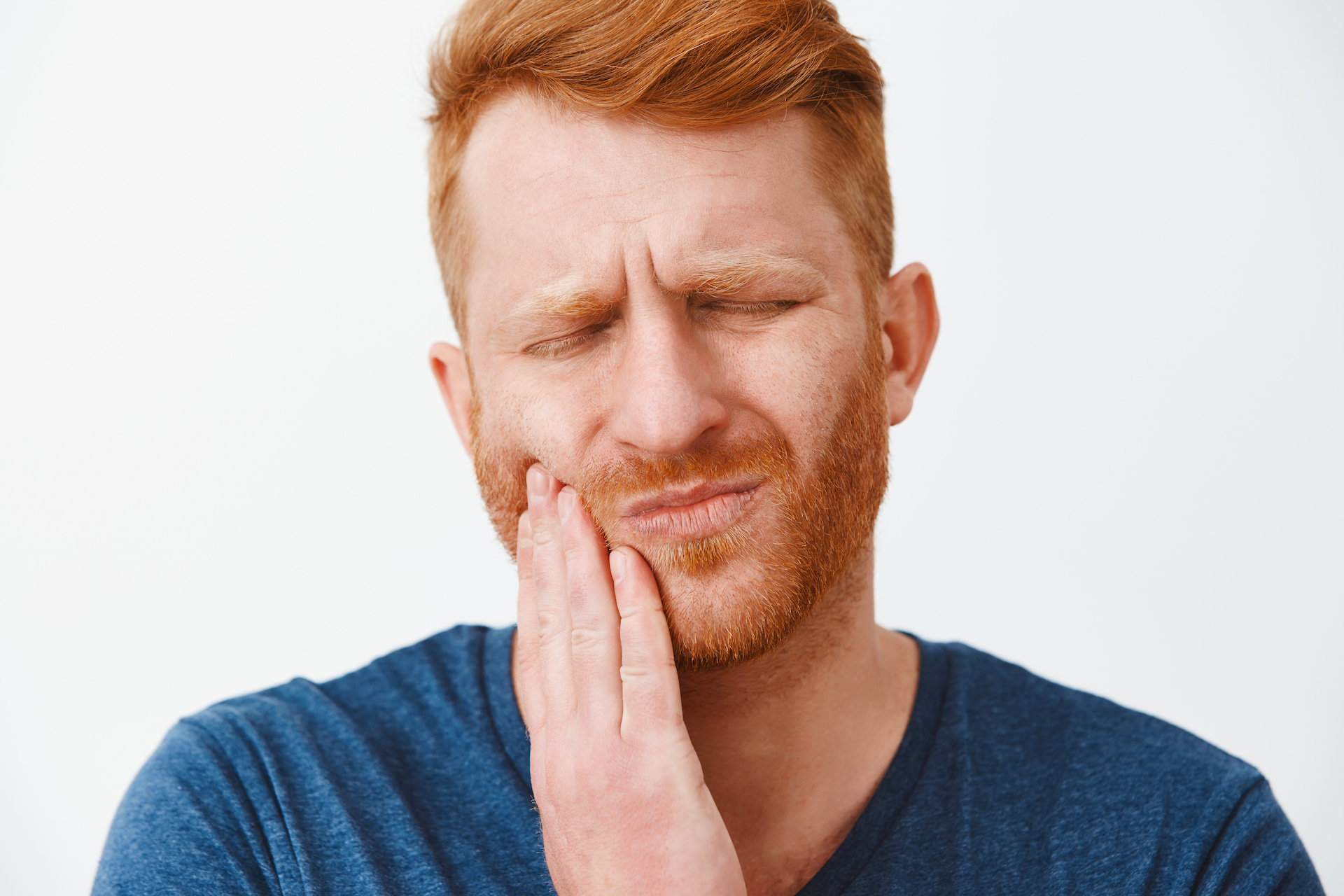When wisdom teeth may need extraction
Impacted Wisdom Teeth
An impacted wisdom tooth is a wisdom tooth that cannot fully erupt in the mouth because of other teeth or because of its angle.
There are four common ways a wisdom tooth can be impacted by angle:
- Mesial impaction (angled towards another tooth)
- Vertical impaction (erupts too close to another tooth)
- Distal impaction (angled towards the back of the mouth)
- Horizontal impaction (horizontally positioned towards other teeth)
Decayed Wisdom Tooth
A wisdom tooth can also erupt with a cavity. In this case, it is important to get a wisdom tooth extraction from a dentist to protect surrounding teeth and gums.
Partially Erupted Wisdom Teeth
We may recommend that you remove a wisdom tooth that hasn’t fully emerged. This is because partially erupted wisdom teeth are harder to clean and are more susceptible to infection and decay.
Pregnancy
If you are planning to get pregnant soon and have wisdom teeth, our dentist may recommend getting rid of your wisdom teeth as a preventative measure. This is because pregnancy raises your susceptibility to gum problems.
Problems wisdom teeth can cause
Problems wisdom teeth can cause
If your wisdom tooth (or teeth) are impacted, decayed or partially removed, and not removed in a timely manner, they can cause ongoing problems:
- Crowding
- Misalignment
- Jaw pain and pressure
- Radiating pain through the ear and jaw
- Bad breath (from partially erupted wisdom teeth)
Wisdom teeth removal procedure
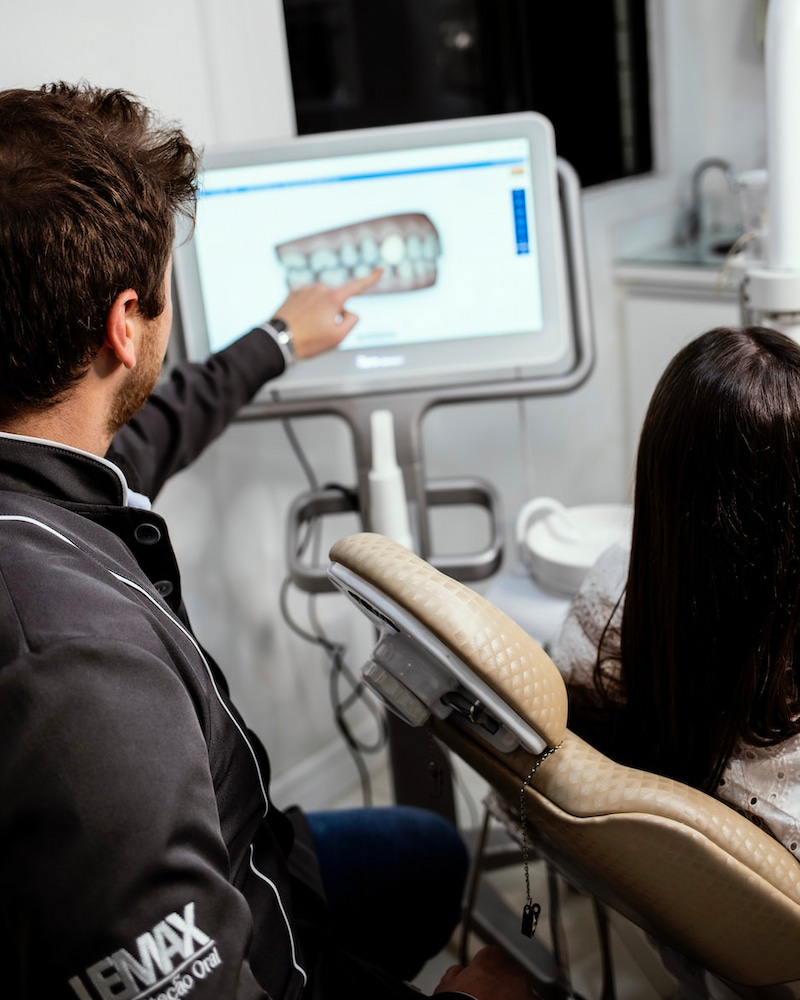
Consultation & examination
Before the wisdom teeth extraction procedure, the dentist will first examine the patient’s mouth, take x-rays, and discuss the treatment plan. They will also review the patient’s medical history and any medications they are taking to ensure that they are a good candidate for the procedure.
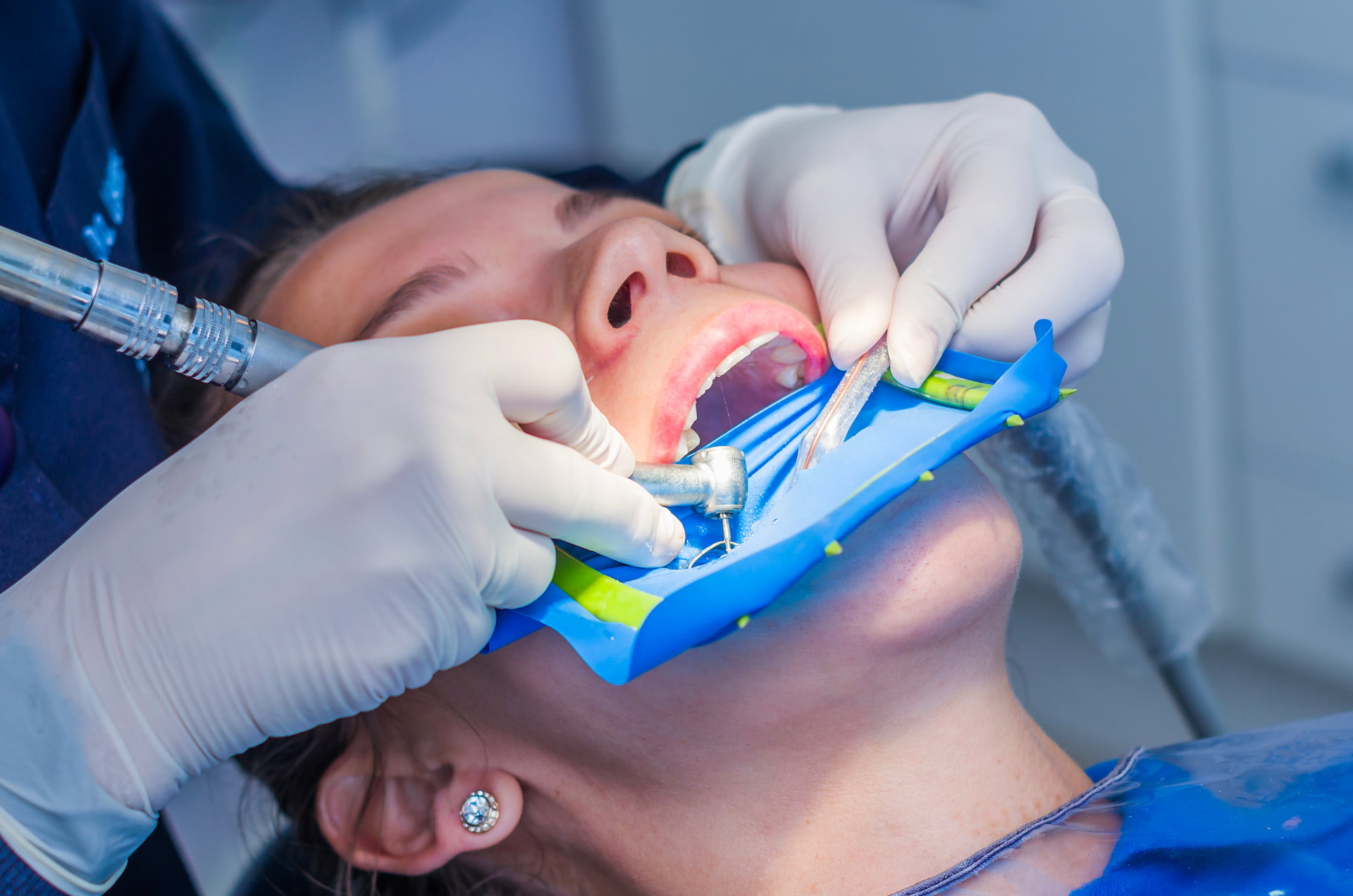
Sedation
Prior to the extraction, the dentist will administer a local anaesthetic to numb the area around the tooth. In some cases, they may also provide sedation or general anaesthesia to help the patient relax and feel more comfortable during the procedure.
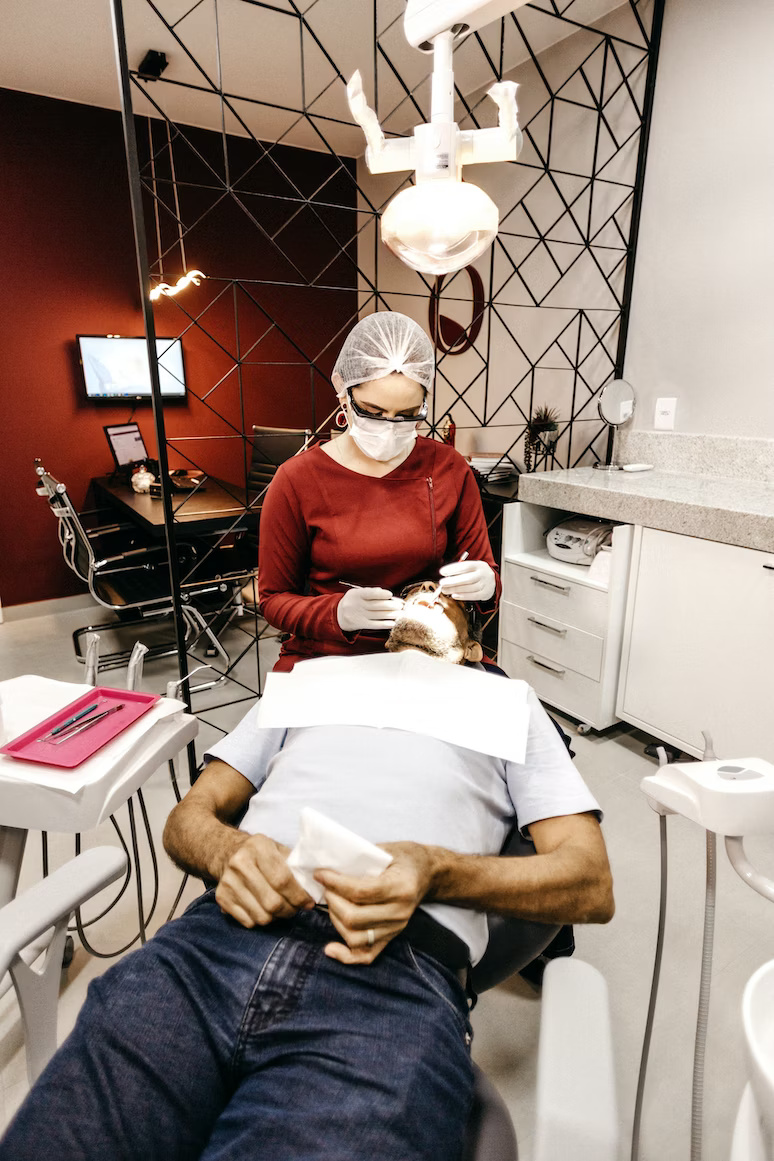
Tooth extraction
Using specialized tools, the dentist will carefully remove the wisdom tooth from the socket. The tooth may need to be divided into smaller pieces to facilitate its removal, depending on the tooth’s size and position in the mouth.
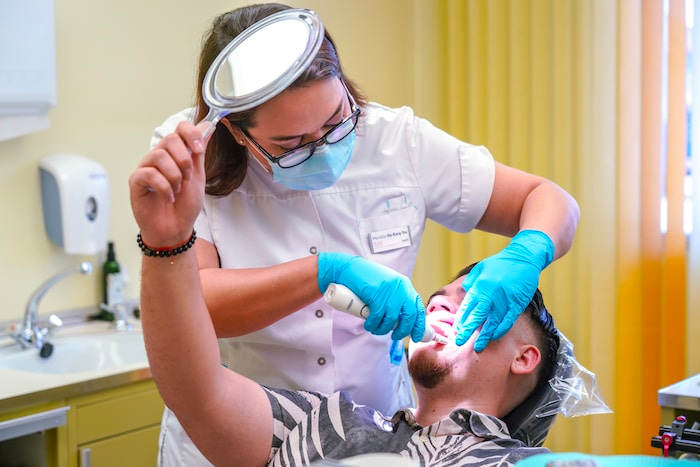
Post-extraction care
After the tooth is removed, the dentist will place a gauze pad over the socket to control bleeding and promote clotting. The patient will be given instructions on how to care for the extraction site, such as how to change the gauze, how to clean the area, and what foods to avoid.
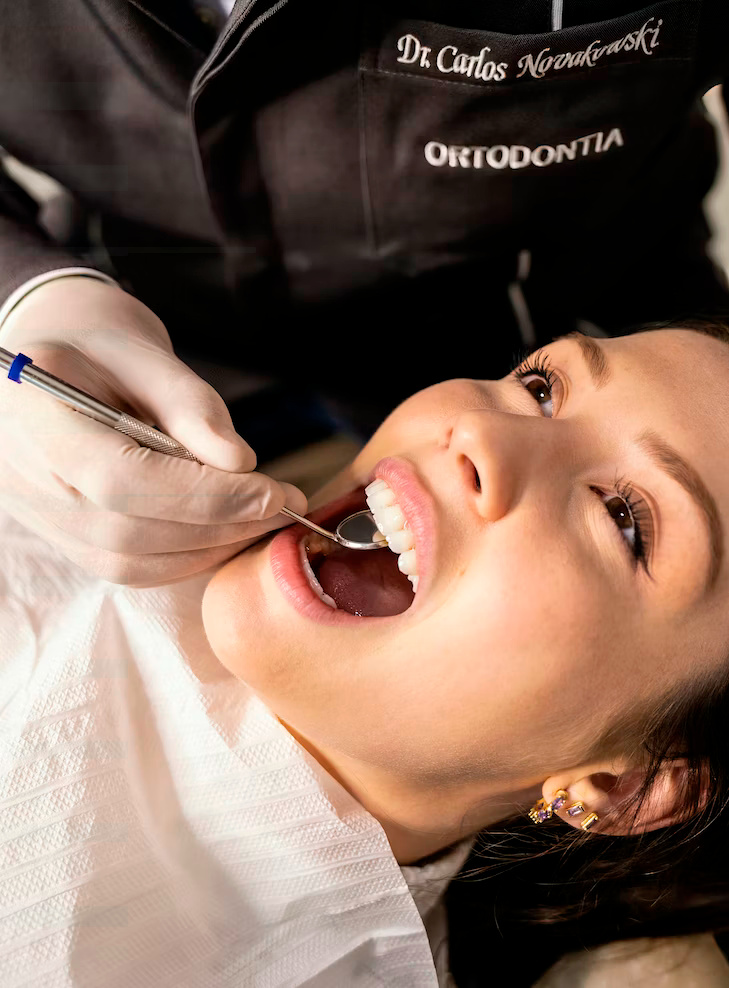
Follow up
The patient will be scheduled for a follow-up appointment to ensure that the extraction site is healing properly. Depending on the complexity of the procedure, the patient may need to schedule multiple follow-up appointments to monitor their progress and ensure that they are healing correctly.
Aftercare after wisdom teeth removal
Rest and limit physical activity
It is important to rest and avoid any physical activity that may increase blood flow to the extraction site for the first few days after the procedure. Strenuous exercise and heavy lifting should be avoided for at least a week after the procedure to prevent bleeding and discomfort.
Apply ice and heat
Applying an ice pack to the outside of the cheek near the extraction site for the first 24-48 hours after the procedure can help reduce swelling and pain. After the first 48 hours, heat can be applied to the area to help promote healing and reduce any remaining discomfort.
Follow a soft diet
For the first few days after the procedure, it is recommended to stick to a soft diet to avoid irritating the extraction site. Avoid hard, crunchy, and sticky foods, such as nuts, popcorn, and chewing gum, as they can get stuck in the extraction site and delay healing. Drinking plenty of fluids is also important to prevent dehydration and promote healing.

